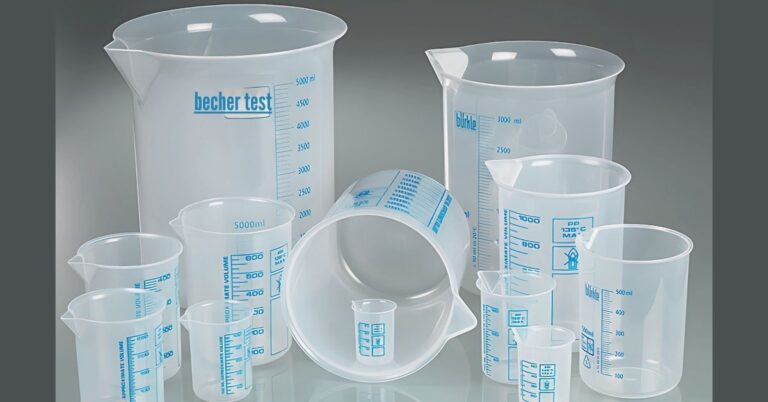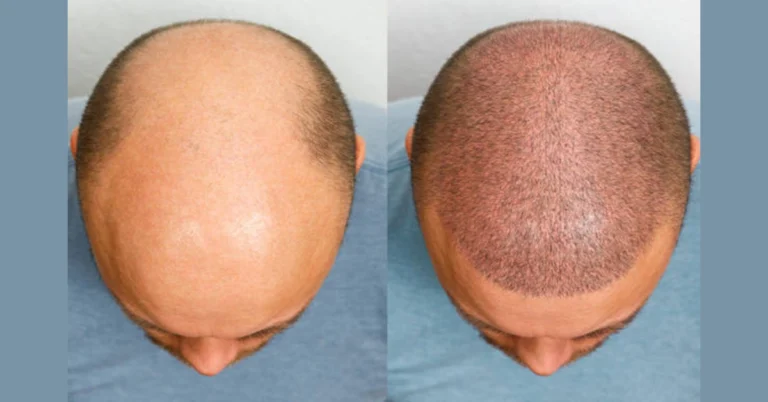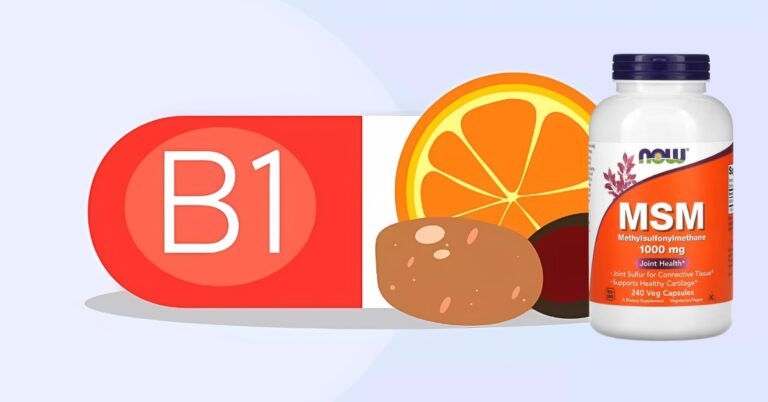50 Soft Foods to Eat After Tooth Extraction: A Comprehensive Guide for a Smooth Recovery
Undergoing a tooth extraction, whether for wisdom teeth, dental surgery, or oral surgery, can be a daunting experience. Post-surgery care is crucial for a smooth and speedy recovery, and your diet plays a significant role in this process. This comprehensive guide will explore 50 soft foods to eat after tooth extraction, perfect for those recovering and ensuring you get the necessary nutrients while avoiding any complications.
Understanding the Healing Process
After tooth extraction, the extraction site needs to heal properly to prevent issues such as dry sockets and infection. Consuming the right foods can help form a stable blood clot over the surgical site, which is essential for healing.
Importance of a Soft Food Diet
A soft food diet is vital in the initial days following a tooth extraction. It helps minimize pain, avoids dislodging the blood clot, and supports the healing process. Incorporating soft foods into your diet ensures that you get the necessary nutrients without causing harm to the extraction site.
Top 50 Soft Foods for Post-Tooth Extraction Recovery
Here is a detailed list of 50 soft foods that are both delicious and beneficial for your recovery.
1. Apple sauce: Apple sauce is an excellent choice due to its smooth texture and nutritional value. It is easy to swallow and provides a sweet treat without causing discomfort.
2. Smoothies: Smoothies are perfect for getting a burst of nutrients. Blend fruits, vegetables, and protein-rich yogurt for a healthy and easy-to-consume meal.
3. Greek Yogurt: Greek yogurt is rich in protein and has a creamy texture, making it a great food for recovery. It also contains probiotics that support oral health.
4. Cottage Cheese: Cottage cheese is soft, high in protein, and easy to eat, making it ideal for maintaining your strength post-surgery.
5. Mashed Potatoes: Mashed potatoes are comforting and can be easily modified to add more flavor with ingredients like butter or cheese, without compromising their softness.
6. Scrambled Eggs: Scrambled eggs are a soft and protein-rich option that can be easily digested. They provide the necessary nutrients to aid in recovery.
7. Soup: Opt for blended soups such as tomato or pumpkin soup. Avoid soups with large chunks of vegetables or meat to prevent irritation.
8. Jello: Jello is a soft, easy-to-eat dessert that can add variety to your post-extraction diet.
9. Pudding: Pudding is another sweet treat that is soft and easy on the mouth. It comes in various flavors to keep your meals interesting.
10. Ice Cream: Ice cream can soothe the extraction site and provide a comforting, cold treat. Opt for flavors without hard or crunchy add-ins.
11. Silken Tofu: Silken tofu has a soft texture and is rich in protein. It can be added to smoothies or eaten on its own with a bit of seasoning.
12. Hummus: Hummus is a smooth and savory option that can be paired with other soft foods like mashed potatoes or soft bread.
13. Avocado: Avocado is soft and packed with healthy fats, vitamins, and minerals. It can be eaten alone or mashed into guacamole.
14. Cottage Cheese: Cottage cheese is soft, high in protein, and easy to eat, making it ideal for maintaining your strength post-surgery.
15. Bananas: Bananas are soft and nutritious. They can be mashed for easier consumption or blended into a smoothie.
16. Rice Pudding: Rice pudding is a sweet, soft dessert that provides carbohydrates and is easy to swallow.
17. Creamed Spinach: Creamed spinach is a soft vegetable option that is packed with iron and vitamins.
18. Baked Beans: Baked beans are soft and provide a good source of protein and fiber, making them a hearty option for recovery.
19. Oatmeal: Oatmeal is a warm, soft breakfast option that is gentle on the mouth and nutritious.
20. Polenta: Polenta is a soft, cornmeal-based dish that can be seasoned to your liking and is easy to digest.
21. Porridge: Porridge, made from oats or other grains, is soft and easy to eat, providing essential nutrients and energy.
22. Smooth Soups: Blended soups like butternut squash or carrot soup are perfect for their smooth texture and nutritional content.
23. Custard: Custard is a creamy dessert that is soft and easy to swallow, offering a sweet option for your diet.
24. Risotto: Risotto is a soft, creamy rice dish that can be flavored in various ways to keep your meals interesting.
25. Macaroni and Cheese: Macaroni and cheese is a comforting, soft pasta dish that is easy to eat and nutritious.
26. Soft-Cooked Pasta: Soft-cooked pasta with a light sauce can be an excellent option for a more substantial meal.
27. Pancakes: Soft pancakes are a great breakfast option. Ensure they are well-cooked and add syrup or fruit puree for flavor.
28. Creamy Polenta: Polenta is another cornmeal-based dish that, when cooked correctly, is creamy and soft.
29. Soft Tofu: Soft tofu is rich in protein and can be seasoned or added to soups for an easy meal option.
30. Pureed Vegetables: Pureeing vegetables like carrots, peas, or sweet potatoes can make them easier to eat while retaining their nutritional value.
31. Soft Bread: Soft bread without a hard crust can be dipped in soups or eaten with soft spreads like hummus.
32. Scrambled Eggs: Scrambled eggs are a soft and protein-rich option that can be easily digested. They provide the necessary nutrients to aid in recovery.
33. Sorbet: Sorbet is a fruity, cold treat that is easy to eat and can help soothe your mouth.
34. Soft Cheese: Soft cheeses like brie or camembert can be enjoyed alone or spread on soft bread for a gentle, flavorful snack.
35. Cheesecake: Cheesecake is a soft dessert that is easy to eat and can provide a comforting, sweet treat.
36. Panna Cotta: Panna cotta is a creamy, Italian dessert that is soft and easy to swallow.
37. Soft-Cooked Eggs: Soft-cooked eggs, like poached or boiled, are easy to eat and nutritious.
38. Soft Fruit: Soft fruits like ripe peaches or nectarines can be eaten alone or blended into smoothies.
39. Cooked Cereals: Cooked cereals like cream of wheat are soft, easy to eat, and provide essential nutrients.
40. Gelato: Gelato is a soft, cold dessert similar to ice cream but with a smoother texture.
41. Applesauce: Applesauce is an excellent choice due to its smooth texture and nutritional value. It is easy to swallow and provides a sweet treat without causing discomfort.
42. Mashed Sweet Potatoes: Mashed sweet potatoes are soft, nutritious, and can be seasoned to your liking for a flavorful dish.
43. Refried Beans: Refried beans are soft, easy to eat, and provide a good source of protein and fiber.
44. Cream Cheese: Cream cheese is soft and can be spread on soft bread or eaten alone for a quick snack.
45. Mashed Carrots: Mashed carrots are soft, nutritious, and easy to eat, making them a great vegetable option.
46. Ice Cream: Ice cream can soothe the extraction site and provide a comforting, cold treat. Opt for flavors without hard or crunchy add-ins.
47. Pureed Soups: Pureed soups are perfect for getting vegetables into your diet without causing discomfort.
48. Bread Pudding: Bread pudding is a soft, sweet dish that can be a comforting dessert.
49. Creamy Polenta: Polenta is another cornmeal-based dish that, when cooked correctly, is creamy and soft.
50. Banana Bread: Soft, moist banana bread is easy to eat and provides a sweet treat without being too hard on the mouth.
Foods Not to Eat After Dental Surgery

After dental surgery, it’s crucial to avoid certain foods that can hinder healing, cause discomfort, or increase the risk of complications like infection or dry socket. Here’s a list of foods to avoid:
- Hard and Crunchy Foods: Foods like chips, nuts, hard candies, and raw vegetables can exert pressure on the surgical site, potentially dislodging the blood clot and delaying healing.
- Spicy Foods: Spicy foods can irritate the sensitive tissues in your mouth, causing discomfort and potentially delaying healing.
- Acidic Foods and Beverages: Citrus fruits, tomatoes, vinegar-based foods, and acidic beverages like orange juice or soda can irritate the surgical site and delay healing.
- Seeds and Small Grains: Small seeds like sesame seeds or poppy seeds can get lodged in the extraction site, causing irritation and potential infection.
- Alcohol: Alcohol can interfere with the healing process and may interact negatively with pain medications or antibiotics prescribed after surgery.
- Hot Foods and Beverages: Hot foods and drinks can increase blood flow to the surgical site, potentially causing pain or discomfort and delaying healing.
- Chewy Foods: Foods like caramels, taffy, and chewy candies can stick to the teeth and surgical site, potentially causing irritation or even pulling out stitches.
- Carbonated Beverages: Carbonated drinks can create gas in the stomach, which can be uncomfortable after surgery. Additionally, the bubbles can disturb the surgical site.
- Tobacco Products: Smoking or using tobacco products can significantly delay healing, increase the risk of infection, and contribute to complications like dry sockets.
- Hard Bread Crusts: Avoid crusty bread or hard rolls that require extensive chewing, as they can be difficult to manage and may irritate the surgical site.
Practical Tips for a Smooth Recovery
Pro Tip: Hydrate Well
Staying hydrated is crucial for healing. Drink plenty of water and avoid sugary or caffeinated beverages.
Avoid Hot Foods and Beverages
Hot foods and drinks can cause irritation and delay healing. Opt for lukewarm or cold options instead.
Follow Your Dentist’s Advice
Your dentist or oral surgeon will provide specific instructions tailored to your recovery. Adhering to these guidelines is essential for avoiding complications.
Monitor Your Healing
Keep an eye on the extraction site for any signs of infection or complications. Contact your dentist if you experience severe pain, swelling, or unusual symptoms.
Conclusion
A smooth recovery from tooth extraction relies heavily on your diet. By incorporating these 50 soft foods into your meals, you can ensure that you receive the necessary nutrients while promoting healing and minimizing discomfort. Remember to stay hydrated, avoid hard or crunchy foods, and follow your dentist’s advice for a speedy recovery. Enjoy these delicious and nutritious options as you heal and get back to your normal routine.
FAQs:
Why is a soft food diet important after a tooth extraction?
A soft food diet helps minimize pain, avoids dislodging the blood clot, and supports the healing process.
What are some good soft foods to eat after a tooth extraction?
Good options include applesauce, smoothies, Greek yogurt, mashed potatoes, and scrambled eggs.
What foods should I avoid after dental surgery?
Avoid hard, crunchy, spicy, acidic, and chewy foods, as well as alcohol and hot beverages.
How can I ensure proper hydration during my recovery?
Drink plenty of water and avoid sugary or caffeinated beverages to stay hydrated.
What should I do if I notice signs of infection after my tooth extraction?
Contact your dentist immediately if you experience severe pain, swelling, or unusual symptoms.







